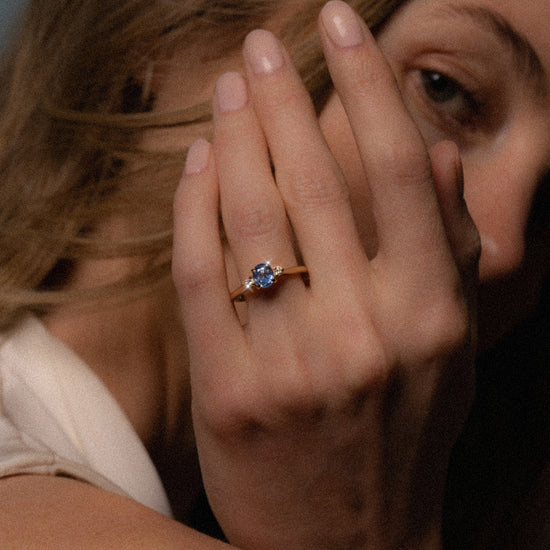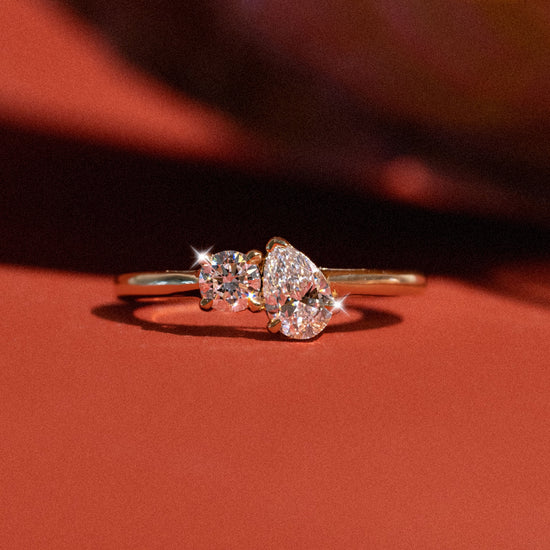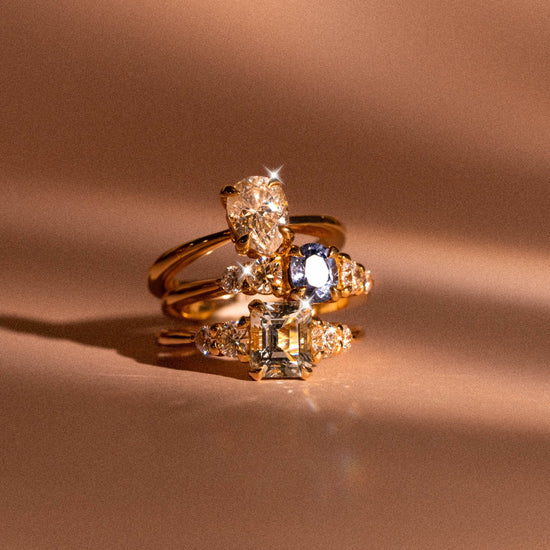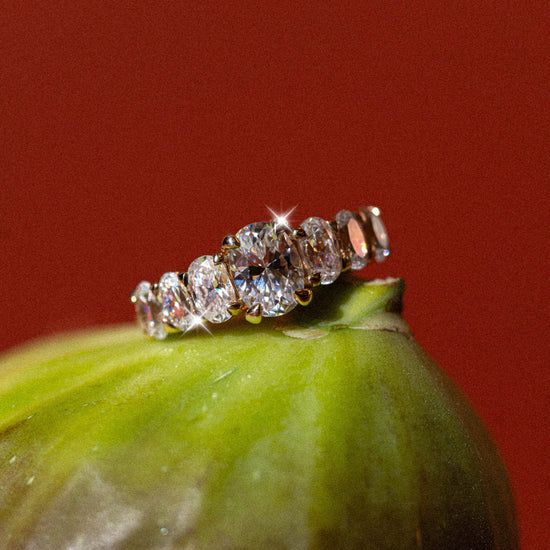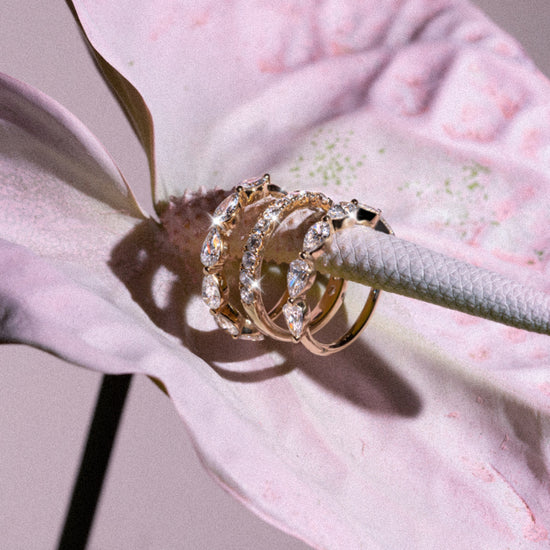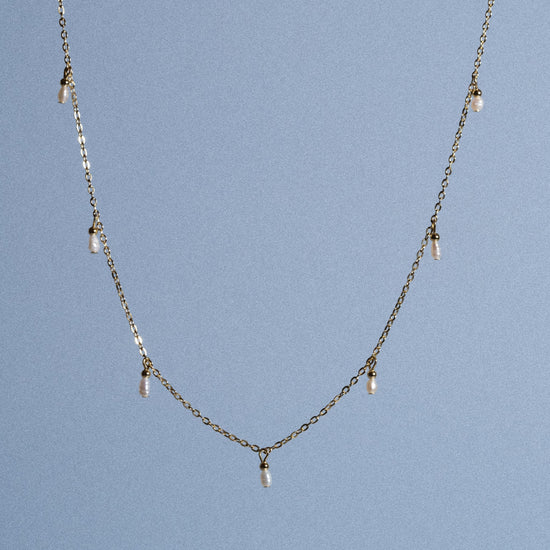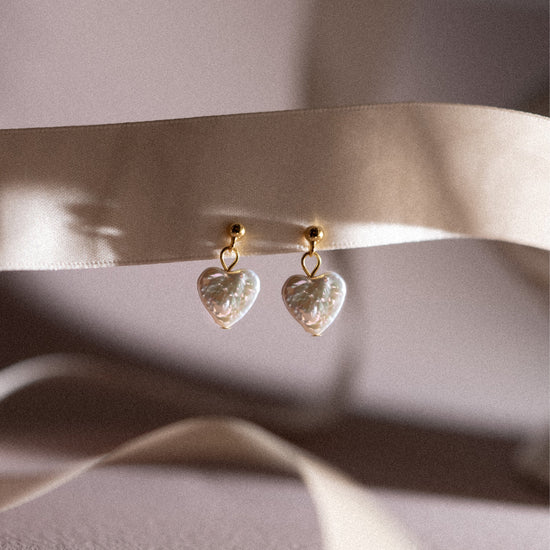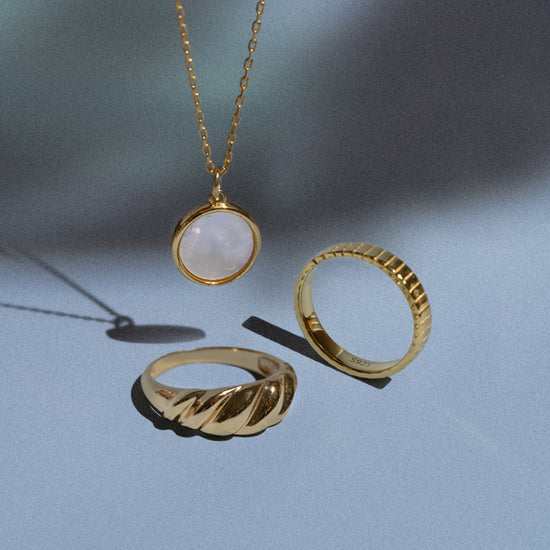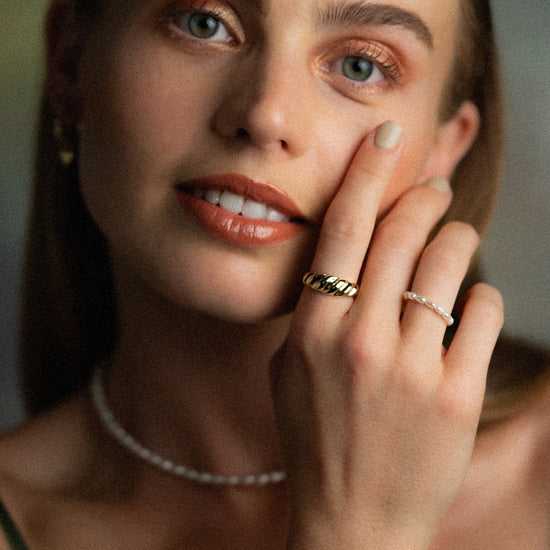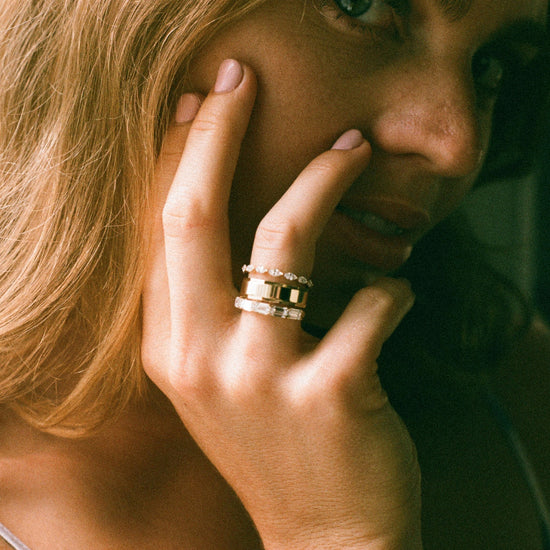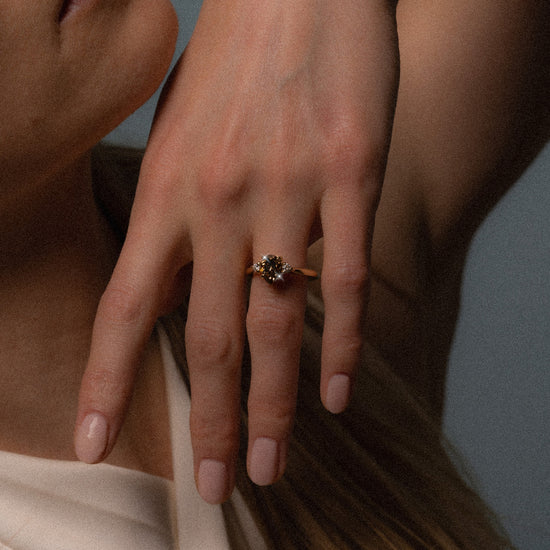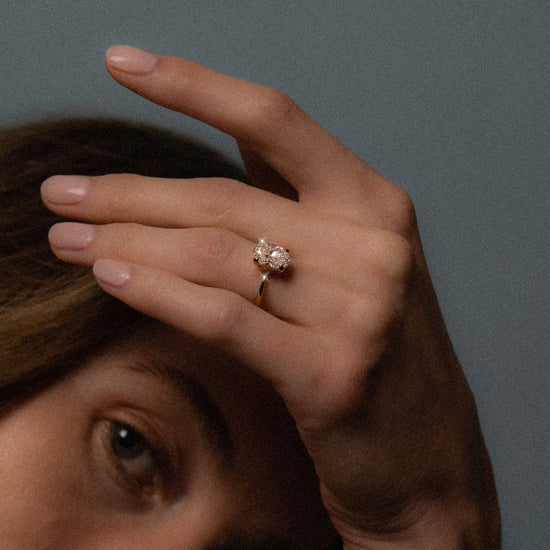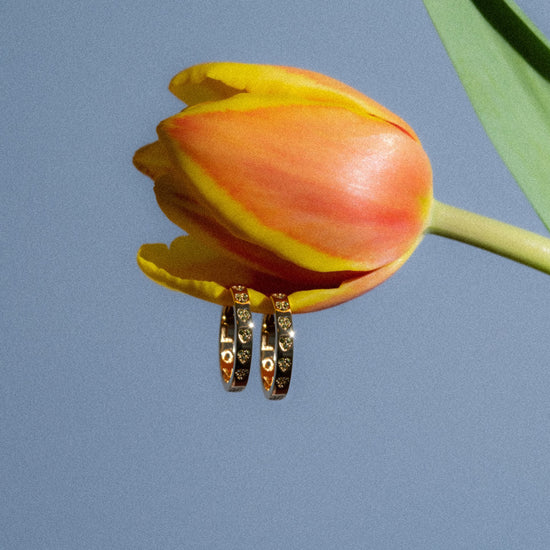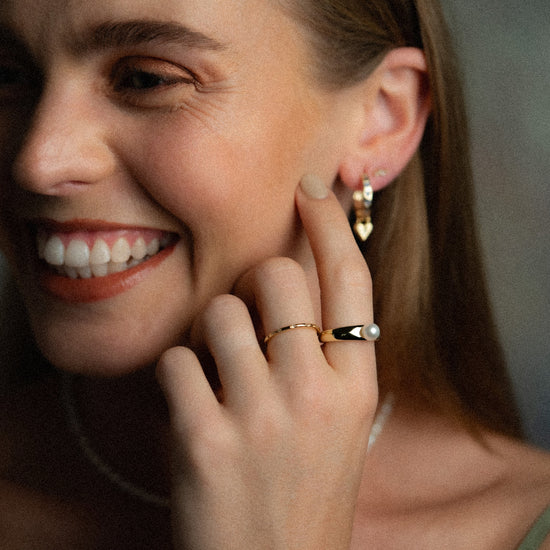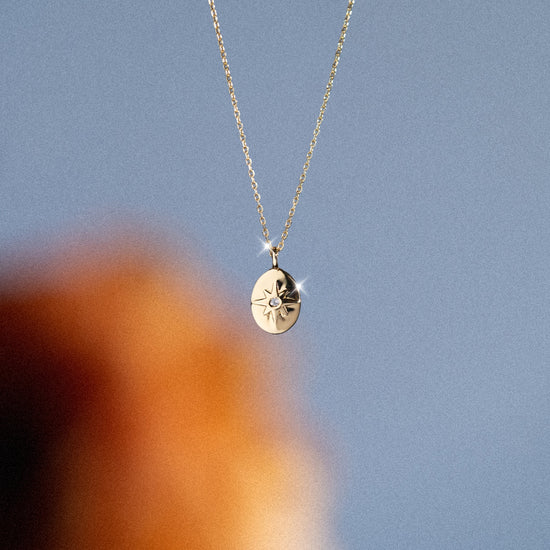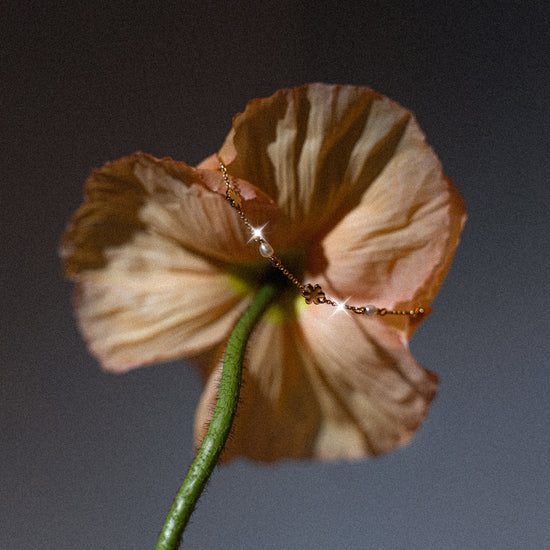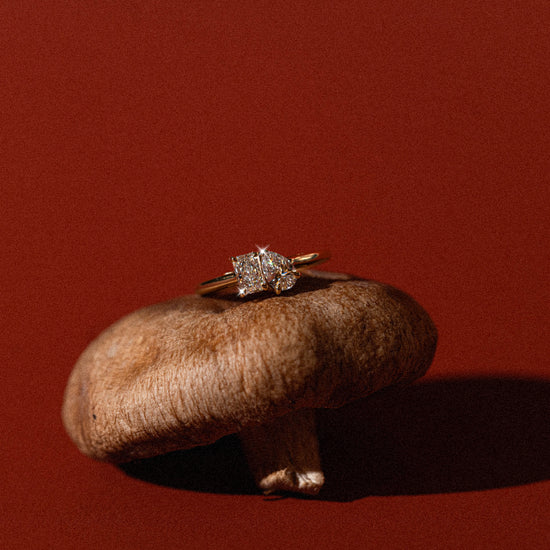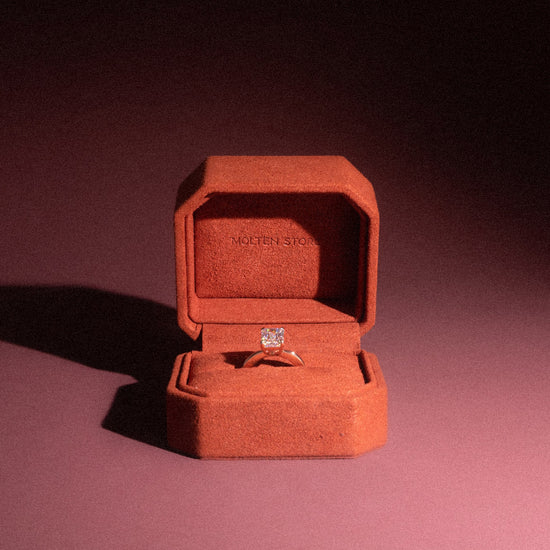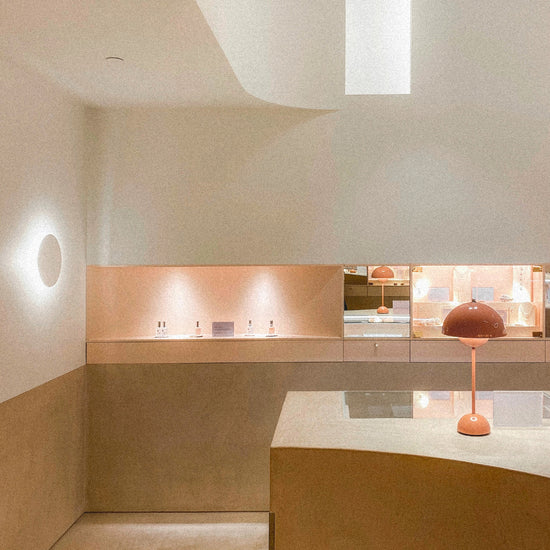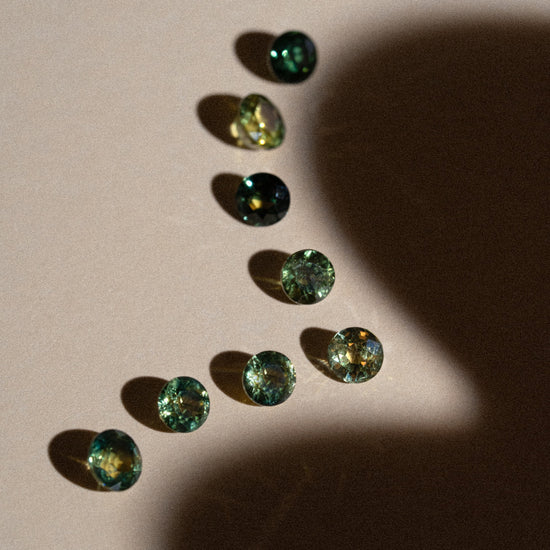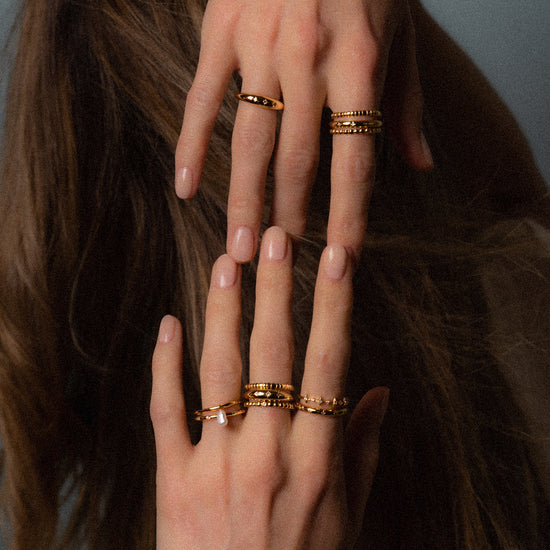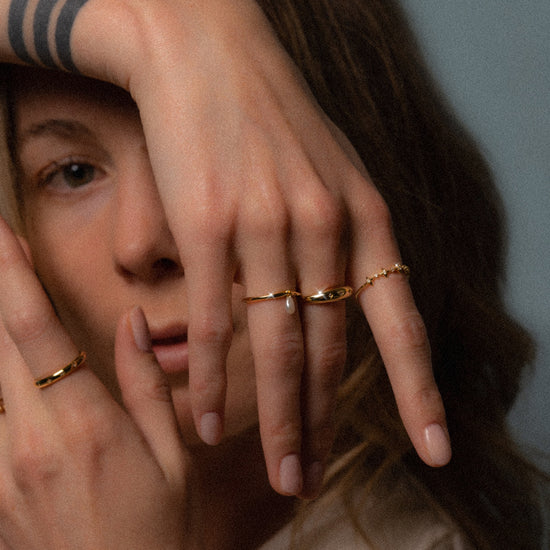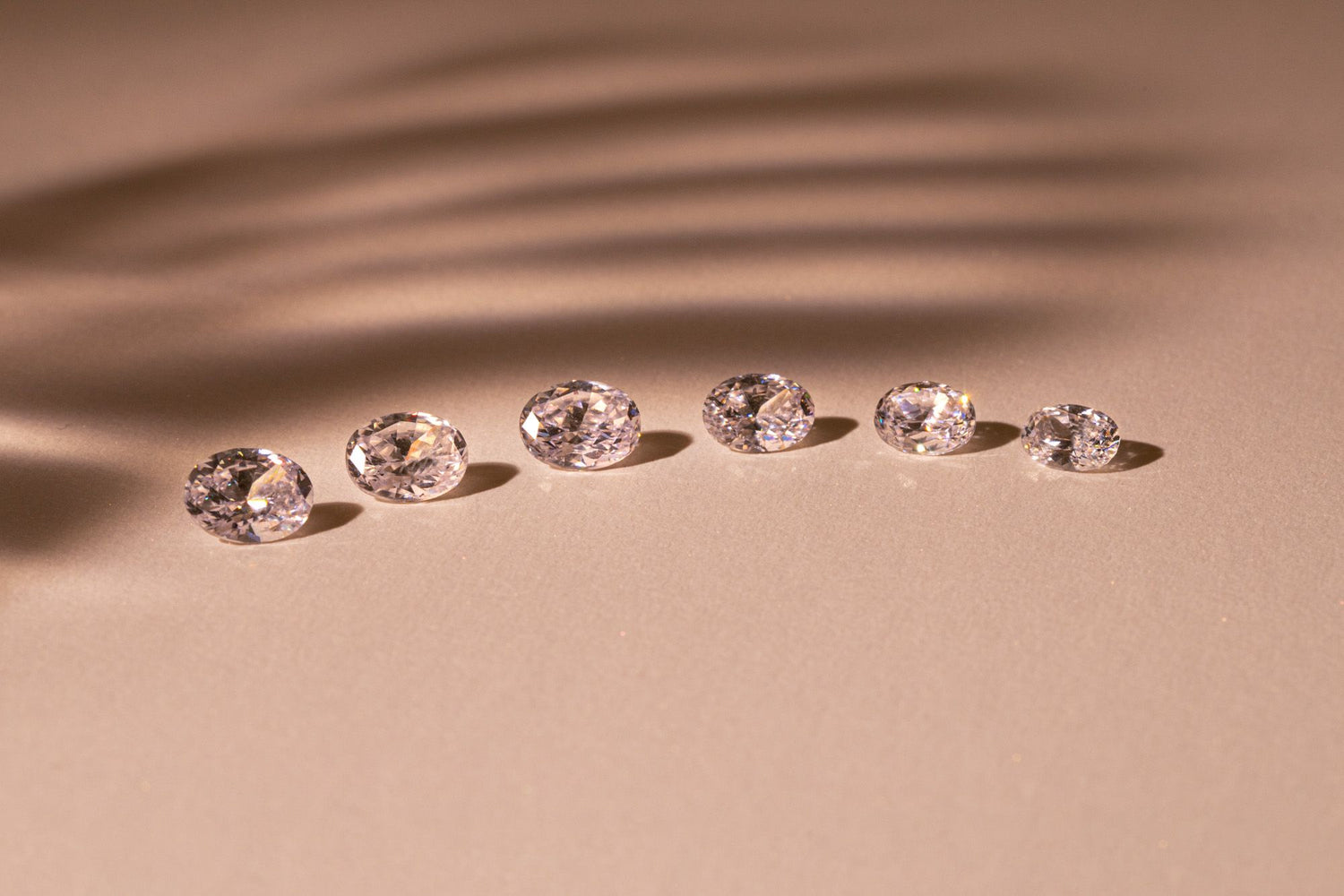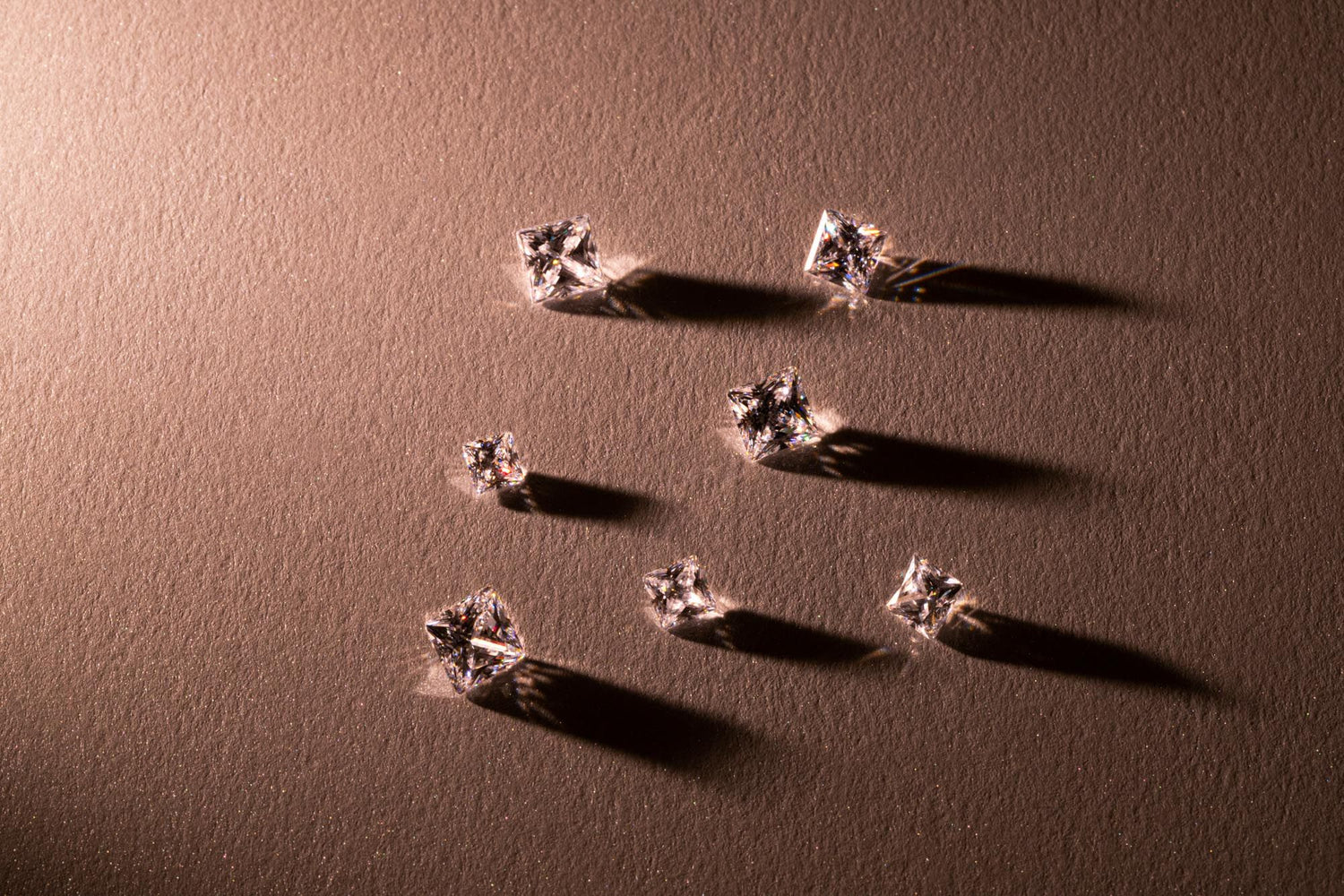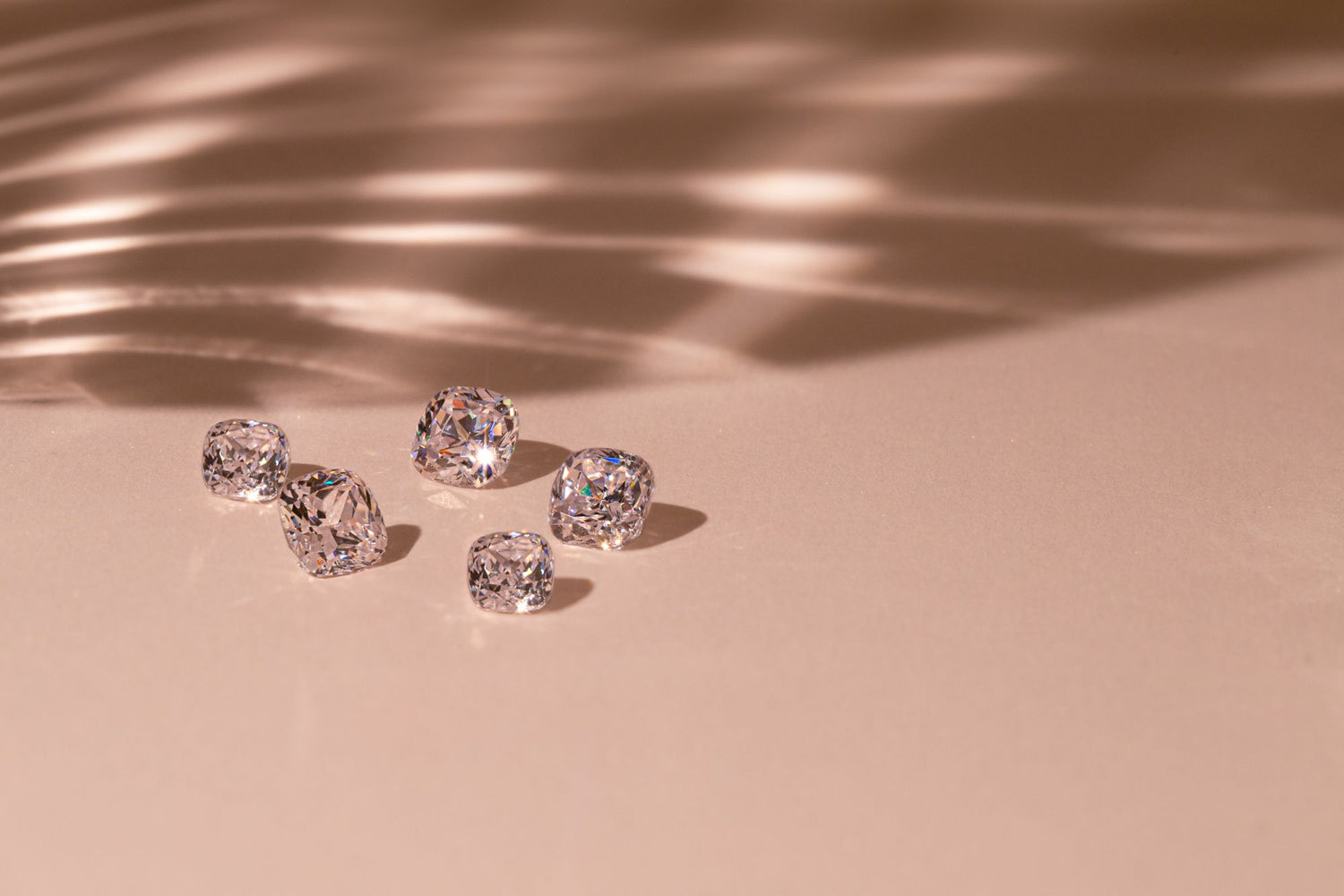Nice necklace, very dainty and small which means it’s perfect as a gift because it goes with everything.
Bought this as a gift for my mother in law who is born in April, perfect piece with her birth stone in it
Beautiful light gold colour and a stunning shape x
Dainty earrings that are perfect for a pop of colour. Super comfy to wear and add a subtle elegance to the look. The variation of colours compliment each other and are a beautiful pastel hue in real life.
I love these earrings - they really go with everything! Good for work but also for wearing out.
The whisper ring was exactly what I was looking for. I have small hands and it is difficult to find rings size 3 and below to use as midi rings. I have been searching for a while and was so happy to have found these. So happy I bought 3!!!
The quality is great and shipping was super quick. I will definitely purchase from Molten Store again.
 Skip to content
Skip to content

